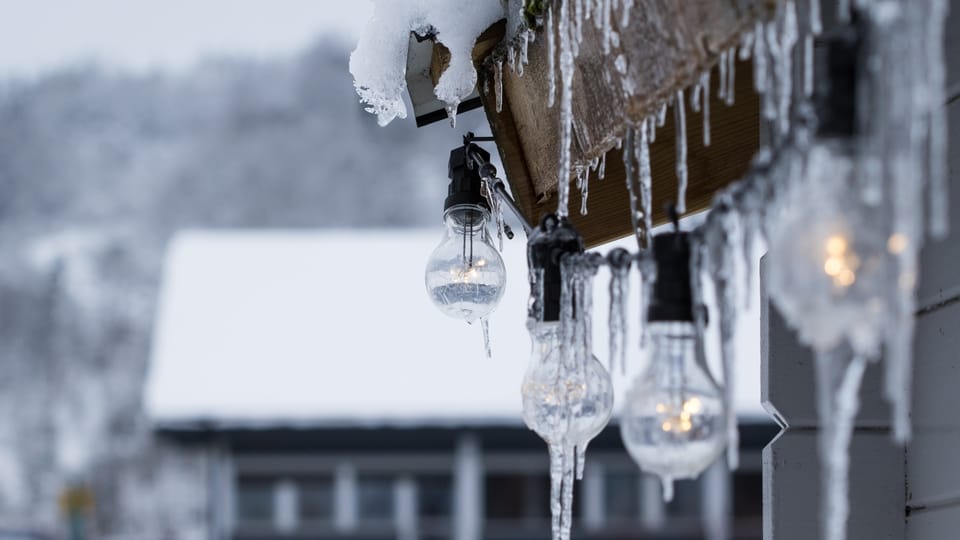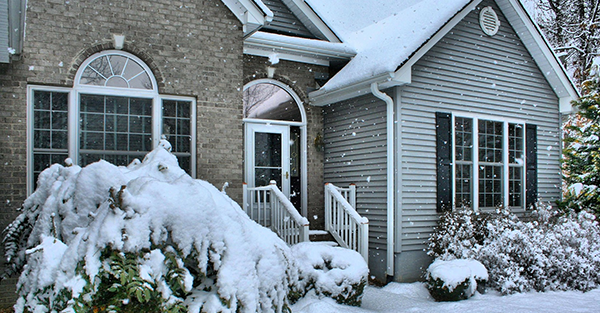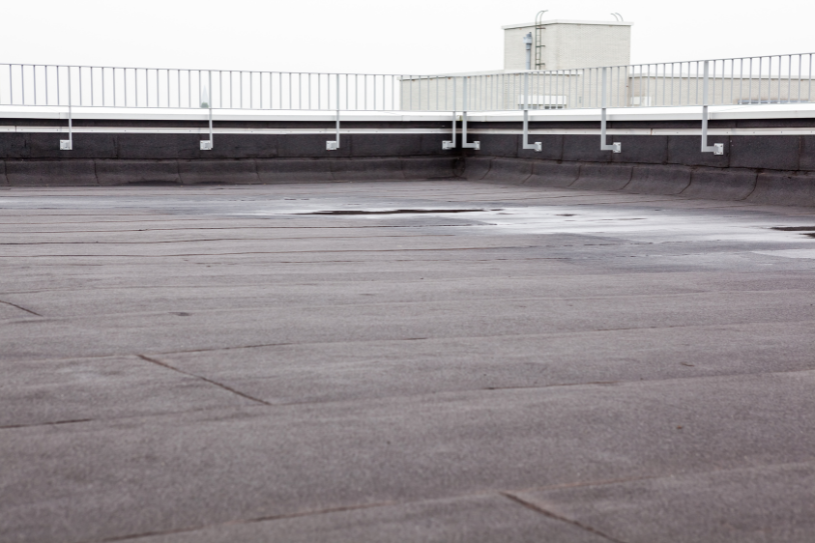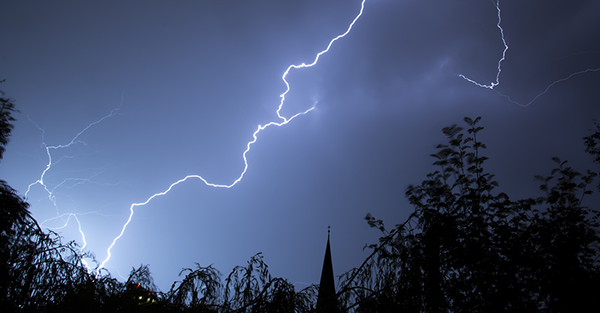
Efficient, well maintained windows are essential for protecting your home’s comfort, safety, and budget. Over time, however, weather exposure, wear and tear, and aging materials cause windows to deteriorate. By recognizing signs of window damage early, you can take steps to prevent the rising energy bills and risks to your family’s health and safety that can result from these issues. In this article, we’ll discuss the most common signs of window damage and what to do when you see them.
Condensation or Foggy Windows
Condensation or fog often appears on windows in winter, when the window can be much cooler than the surrounding indoor air. Like a glass of iced tea in the summertime, the window’s cool surface causes humidity to condense out of the air and collect on it. Dry off windows and window frames when this happens so it doesn’t encourage mold. The better insulated your windows (and the lower the humidity in your home), the less condensation will develop in this way.
Condensation can also occur, however, as a result of a damaged seal in the window. In this case, you may see fog between the panes of glass in double or triple pane windows. Ordinarily, the seals would prevent moisture from infiltrating this space. If you notice condensation within your windows, address the problems promptly to prevent mold growth and further deterioration of the window.
Drafts and Air Leaks
Drafts and air leaks around your windows can cause your heating and cooling system to work harder to keep your home comfortable, creating inconsistent indoor temperatures and pushing your energy bills higher. In cold weather, you can check for drafts by placing your hand near the window frame and feeling for cold air. You can also do this by holding a lit match or candle near the window frame and watching for flickers that reveal air movement.
Drafts can occur for a variety of reasons. The window frame may be cracked, or the caulking or weather stripping may have worn out. Gaps could also appear around the window due to house settling or improper installation. While structural damage should always be repaired promptly, there are also several low-cost ways to minimize drafts:
-
Replace caulk or weather stripping
-
Use window snakes
-
Put up insulating curtains or window shades
-
Install window film
Cracked or Broken Glass
When the glass in your window is cracked or broken, the damage is usually obvious. If your window has been damaged by a severe storm, it could also present an immediate hazard. Be sure to cover any opening as soon as it’s safe to do so and call your insurer to file a claim if repairs are likely to exceed your homeowners insurance deductible. Whatever the cause of the damage, getting your window professionally repaired or replaced as soon as possible will protect your home from the elements while keeping your family safe and comfortable.
Damaged Window Frames
Window frames are made from various materials and can suffer different types of damage over time. Wood frames can absorb moisture and, as a result, are more prone to rot, decay, peeling paint, and warping. Vinyl frames are more moisture resistant but can become cracked, warped, or discolored due to UV exposure and temperature fluctuations. Fiberglass frames are generally more durable than either of these, but they can still develop cracks or chips. If you notice any of these signs of window frame damage, call a professional to inspect your windows and make any necessary repairs. Delay could further weaken the window’s structural integrity and lead to more costly damage.
Increased Energy Bills
Energy bills can go up for a variety of reasons, including an HVAC system that isn’t in top condition, damaged insulation, and window damage. Windows that are cracked, improperly sealed, or poorly insulated undermine your heating and cooling system, requiring it to work harder and use more energy. This not only causes your utility bills to climb but also puts additional wear and tear on your HVAC system, potentially shortening its service life. When you notice one or more unusually high energy bills, inspect your windows for the signs of damage described above to determine if this could be the cause. Having any window damage repaired quickly can save you money on both utility bills and HVAC maintenance and repair.
Window Damage? What to Do Next
Once you identify window damage, assess its severity and decide whether the issue can be fixed with a simple repair such as re-caulking or replacing weather stripping, which can be an easy DIY fix, or if you’ll need the help of a professional. Consider your budget and both the short-term and long-term costs of each solution you consider. While repairing significant damage or fully replacing a window could require a substantial up-front investment, it could also save money in the long run by preventing more extensive damage and keeping your energy bills lower. Hiring a professional helps ensure repairs are done correctly and replacement windows are installed and sealed properly. Because handling glass and large windows requires special care and expertise, letting a professional do the work protects both your home and your safety.
Because your windows are critical for keeping your home safe and comfortable, it’s important to keep them in top condition. By recognizing early signs of window damage and taking action before it worsens, you can prevent the need for costly repairs, soaring energy bills, and hazards in your living environment. If you suspect your windows need repair or replacement, consult a trusted professional. The team at Hedrick Construction can ensure repairs are performed properly or help you select the right replacement windows for your needs and budget.







Comments